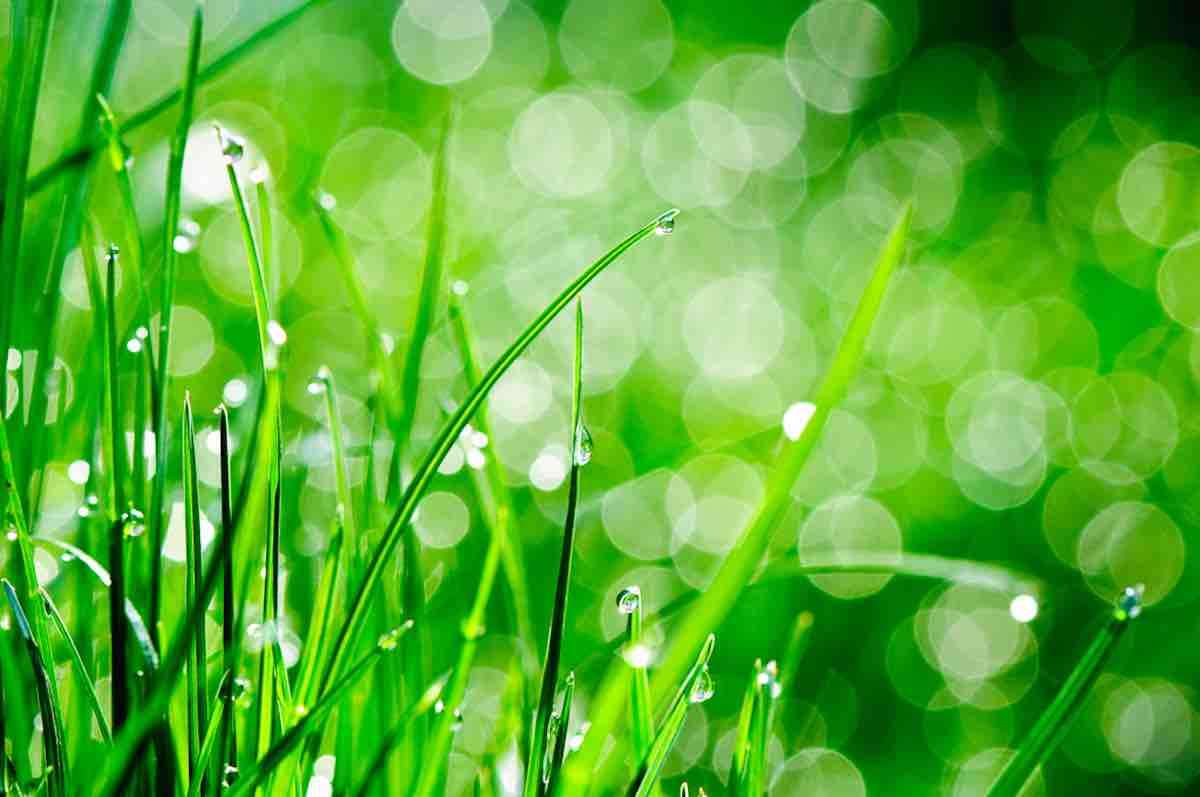A Quick Guide to Summer Yard Care: Keeping It Green Without Wasting Water
Written by Katie Kuchta
Reprinted with permission from The Environmental Magazine
Summer has finally arrived, and it's the time of year that you will likely find yourself amping up your lawn care agenda. While watering, mowing, and planting flowers may be at the top of your to-do list, you should do so mindfully. Each lawn has different needs, but there are several key considerations you should make when planning your landscaping tasks. Depending on where you live, there are best practices to help ensure that your lawn is healthy—and the environment is protected all at the same time.
These tips can save you time, too, so you don't spend so many hours away from summer fun.
Your lawn should be entirely native. Seeds germinate best in the climates they originated in. Sow new grass seed in early spring, keeping in mind that earlier is generally better. Native grasses will withstand local temperatures better, and are also more adapted to handle local weeds, pests, and diseases.
If you live in a drought-prone area, or if your spring has already been unusually dry, consider planting synthetic grasses or drought-tolerant annuals and perennials. Synthetic grass requires no water and lasts over a decade, while drought-tolerant plants will be able to withstand brutal summer temperatures.
Consider collecting rainwater to reuse it on your lawn and plants, and consider investing in an inexpensive lawn moisture meter to determine whether you are overwatering. An even simpler way of testing your lawn's moisture content is to see if you can stick a screwdriver into the lawn. If six inches does not insert itself into the soil easily, the lawn may be too dry.
You should mow your lawn at least once a week. Allowing the grass to grow too high will actually stunt its growth and encourage the growth of pesky weeds. While using a riding lawn mower may save time and manpower, consider investing in an old-fashioned push mower instead. Push mowers are less harmful to the environment, and also allow you to get in a good workout at the same time.
Your lawn does not need to be watered every day, so try to avoid setting it up on an automatic sprinkler system, unless you can set up a watering schedule that allows you to conserve as needed. Keep an eye on the weather forecast and only water when rain is not in the cards. Water your lawn at an appropriate time of the day, the best time is typically between 4 am and 10 am, avoid watering from 12 to 6 pm as this is the hottest time of the day. The water will evaporate much faster during the middle of the day, and will not be able to replenish the lawn as needed. When you do water, do so deeply, but only two or three times a week. Your lawn needs around an inch of water a week. If you have pools of standing water, you are likely watering too much.
While you may find leaves irritating to look at when they fall in your lawn, keep in mind that leaves and grass clippings actually serve as fantastic all-natural fertilizers for your lawn. If you don't like looking at them, invest in a lawnmower with a mulching feature that will grind them into small pieces for you. Still an eyesore? Rake the clippings and shredded leaves and collect them for your compost pile.
In most cases, your lawn will not need any extra fertilization. Conduct a quick soil pH test to make sure your levels are where they need to be. If they aren't, fertilize with organic alternatives such as animal manure or grass clippings to avoid contaminating local waterways. The same rule applies to pesticides and herbicides. In most cases, you can control weeds with all homemade solutions such as water, vinegar, and dish soap–no Round-Up required. Growing local species will also help eliminate the likelihood of your lawn falling victim to local diseases or pests.
While lawn ornaments can really add to the overall curb appeal of your lawn, keep in mind that anything you place on the grass can damage the grass. This means that you should not park your vehicle on the lawn, or leave anything lying on the grass for prolonged periods of time. Instead, invest in permanent fixtures that are eco-friendly and will also increase the functionality of your lawn. For example, solar lights allow you to illuminate your lawn in style, but don't require any electricity or battery-power, a win-win for both you and the environment.
By following these steps, you can grow a lawn that is both attractive and low-maintenance. Don't spend hours caring for your lawn this summer. Instead, implement all-natural steps to make sure your lawn is the greenest on the block–in every sense of the word.
Plant Some Positivity And Share The Good Tips With Your Friends – Photo by Sergiu Bacioiu, CC










Be the first to comment